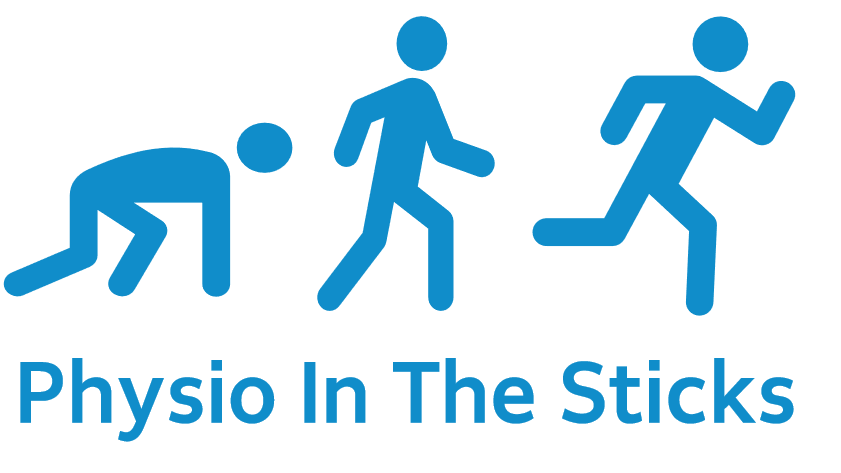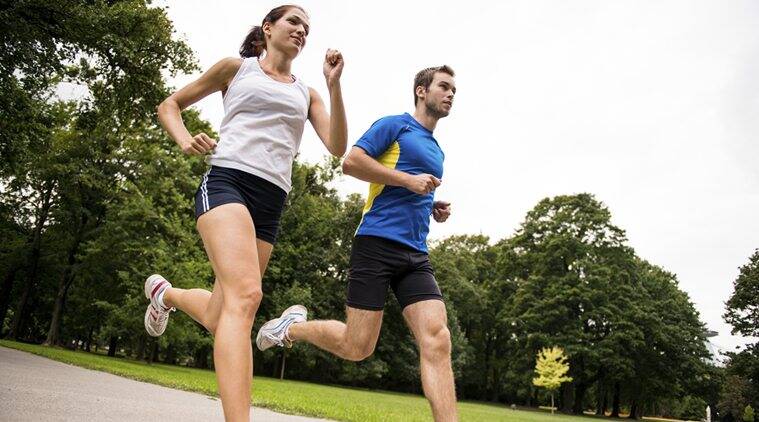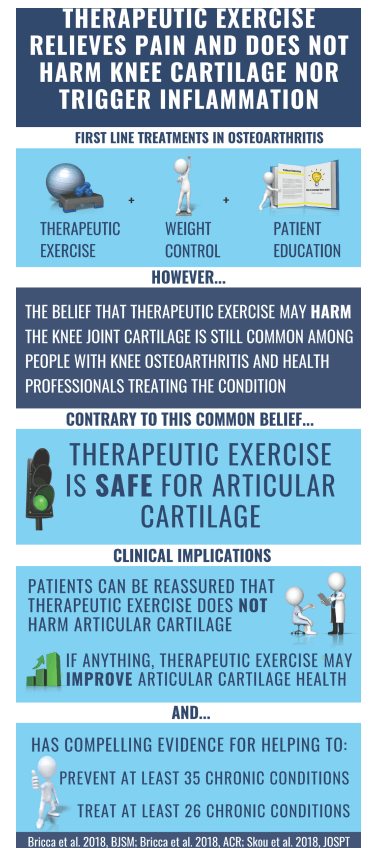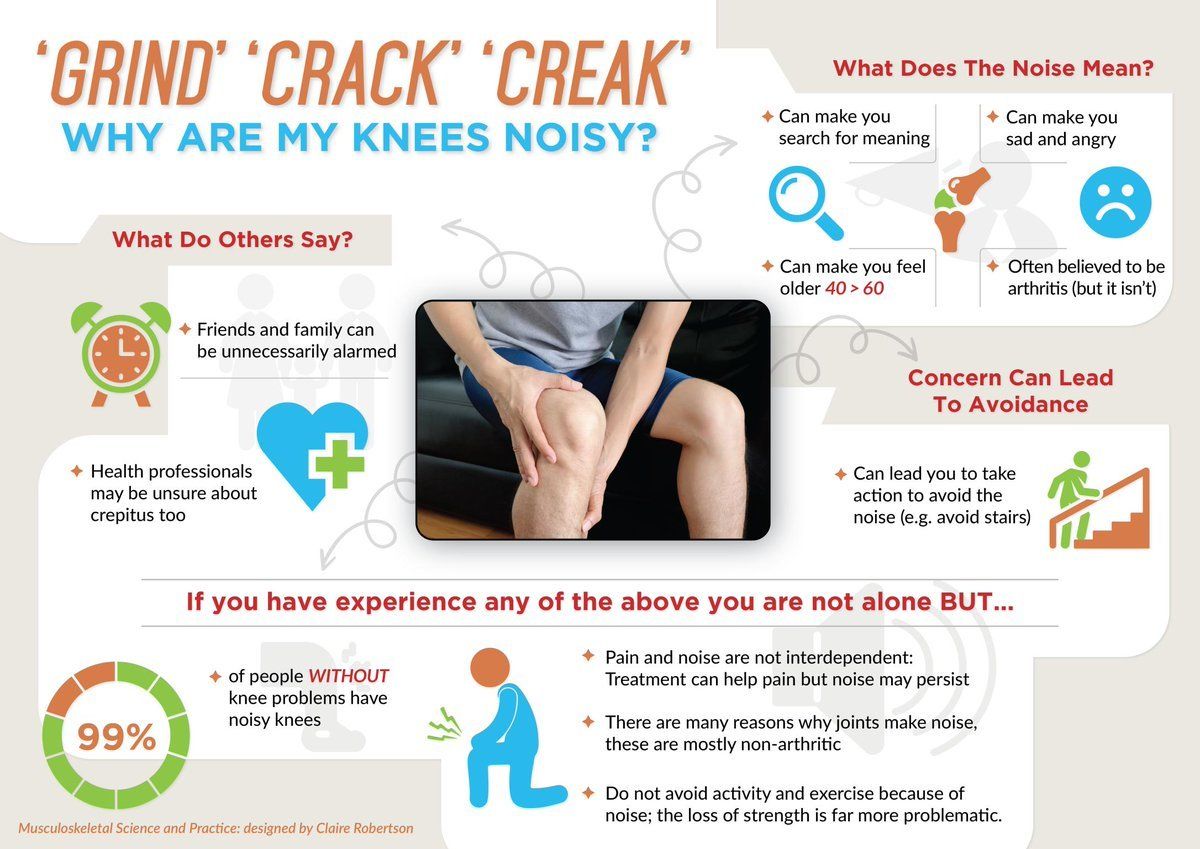Knee osteoarthritis (OA)
The knee joint can become painful due to changes that happen in the joint as we get older. It can also occur in people who are younger but this may be as the result of a previous injury. When we are young our joints are springy and mobile and there is a thick layer of shiny cartilage which covers the ends of the bones where a joint is formed. There is also fluid between these surfaces to lubricate the shiny cartilage so that friction within the joint is reduced as we move about. Movement helps to lubricate the joint by distributing the fluid all over the joint surfaces, which is why we stiffen up if we keep still for too long. As we age, the tissues in our bodies change, the lubricating fluid naturally becomes thinner and the surfaces of our joints can become less smooth. Bony growths may build up at the margins of the joints, this adaptation happens to help spread load across the joint. The joint surfaces can also become closer together over time. This process is a perfectly normal part of the ageing process and happens in all of our joints but tends to happen earlier in joints that carry a lot of weight through them, which is why you most commonly hear about OA in the knees and at the hip. It is important to note that you can have quite severe OA changes on an X-ray and not be in much pain or sometimes no pain at all. Equally you can have minimal changes on an X-ray but actually experience lots of pain. We are all unique and that can make pain different for all of us. The arthritic changes can cause the joint to become stiff, particularly if it is kept in one position for a length of time. Everyday tasks like bending the knee, walking and taking the stairs can become painful.
Exercise can help you continue to function well with osteoarthritis, as maintaining strength, range of movement and viability of the joint can help you keep using your knee as normally as possible. Exercise and movement will promote strength and health of the joint and there is evidence that exercise can protect the joints from degenerative changes. Weight control is important. OA can be made worse by excess weight because of the obvious increase in load on the joints. However evidence also suggests that body fat stores can also influence OA symptoms due to an increase in inflammatory markers and often managing lifestyle factors around our health can help to minimise symptoms of OA. There will be times where further intervention is needed and you may be referred for X-rays or other scans, orthopaedic opinion or even surgery such as a total knee replacement.
Snap, crack, pop?
Creaky, popping or noisy knees is known as knee crepitus. It usually happens when the knee is bent - going up or down stairs, getting up from a chair or squatting. Generally, on its own crepitus is not a cause for concern. Although this can sound unpleasant, its not harmful and you can continue to do your usual daily activities.
There are several reasons for crepitus - weak or tight muscles around the knee joint are a common cause. Knee joints are lubricated with synovial fluid, studies suggest that everyday movements may cause pressure and volume changes in the fluid, causing the gases nitrogen, oxygen and carbon dioxide in the fluid to form a gas bubble to form and then pop. After a joint "pop" due to pressure and volume changes it takes about 20 minutes before that joint will "pop" again.
Crepitus is believed to be due to arthritis - but it often isn't. 99% of people without knee problems have noisy knees - there are many reasons joints make a noise but they are mostly non-arthritic. It is important to keep on moving as avoiding physical activity can lead to a loss of muscle strength which is a bigger problem.
Lower leg pain
Getting a medical assessment from your GP is recommended in the following circumstances:
In the event of any significant injury or trauma to the leg, if your pain levels are severe If you are unable to put any weight through your leg, if you have developed any altered sensation, temperature changes or weakness in your leg, if you have developed swelling in your calf or lower leg - especially if it is hot and red. If your pain does not resolve or is worsening, or if you have developed further symptoms such as feeling unwell, fever or unexplained weight loss then please contact your GP for an assessment.
Calf muscle injury
The calf muscles are large powerful muscles on the back of your lower leg that help us to run and accelerate. Injuries to these muscles can happen during activities and sport that involve changes of speed and direction. Common symptoms are sudden pain in the calf muscle at the time of the injury, pain when resuming activity, inability to put weight on your foot, walk or rise-up onto your toes, swelling and bruising, aching and stiffness, abnormal appearance of the calf. Large forces are generated in these muscles during running. Injuries/ tears to these muscles usually occur during acceleration (change in running speed) or during changes in direction. Calf injuries can also occur during different activities that have caused these muscles to be overloaded. The most common part of the calf to be injured is the inside section of the gastrocnemius muscle, however, tears can happen in all areas of your calf muscles and can involve both muscles.
Grade 1: Mild overstretching resulting in some small micro tears in the calf muscle fibres (typically less than 10% of the fibres).
Grade 2: Partial tearing of your muscle fibres (typically between 11-49% of the fibres torn.
Grade 3: Complete tearing or rupture of your calf muscle fibres (typically more than 50% of the fibres torn).
Grade 1 & 2 injuries are most likely to recover within several weeks with the provision of good rehabilitation/ exercises. Grade 3 injuries often require investigations such as ultrasound scans or MRI’s. These may take several months to repair but will also require rehabilitation/ exercises
Shin splints (Medial Tibial Stress Syndrome - MTSS)
Shin splints is a common complaint normally associated with running. You may have developed pain on the inside of your shin bone, normally when increasing the amount or intensity of running you have done.
Sciatica
The sciatic nerve starts in the lower back and runs through the leg into the foot. Pain in the lower leg can occur because of irritation/ injury to this nerve in the lower back. People with Sciatica may also have different sensations in the leg such as pins and needles, numbness and a cold feeling.



